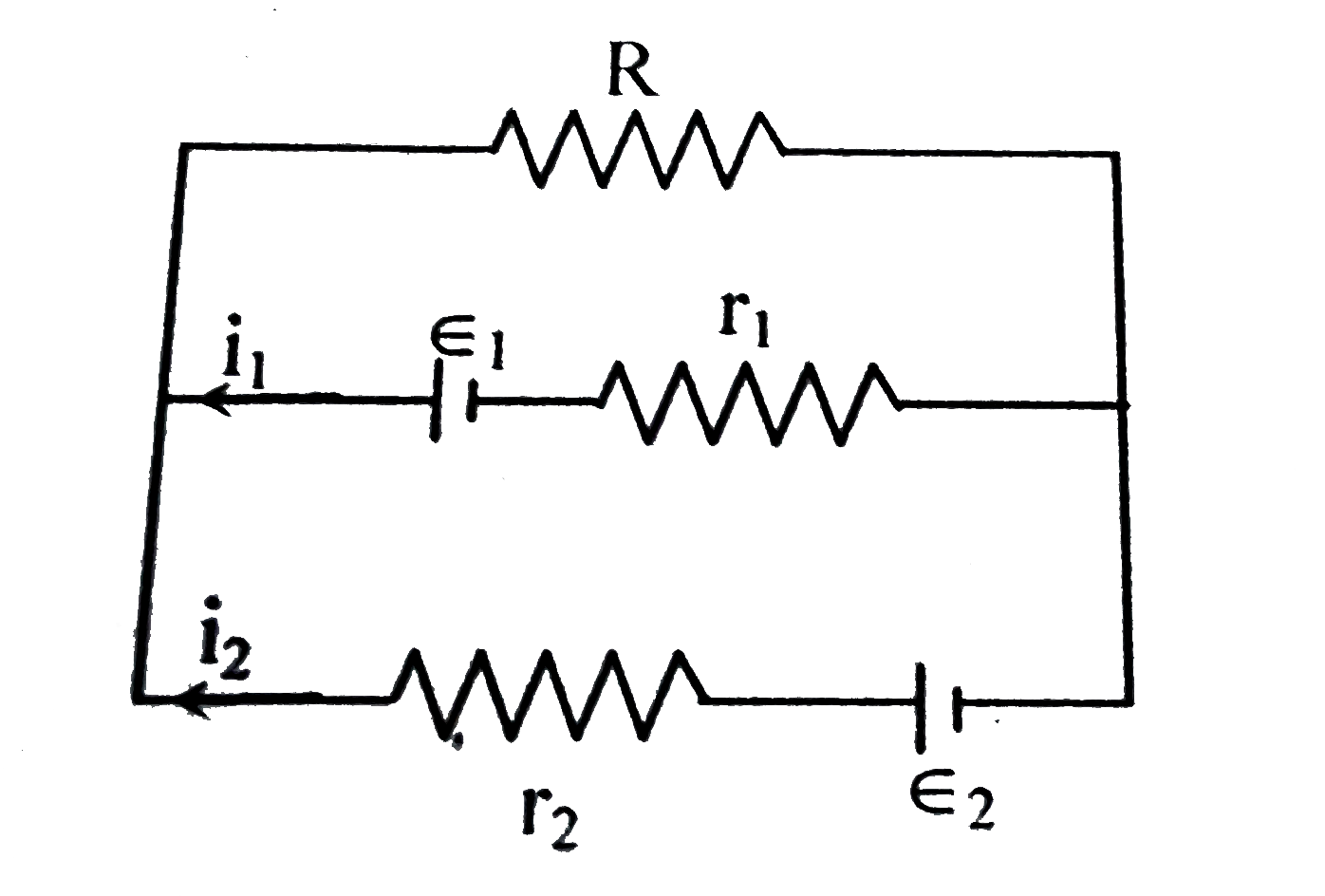Rupali, a class 10 student has set up the apparatus as shown in the figures.

Which of the following observations is correct ?
Temperature of beakers I, II and Ill will be raised as dissolution of salts is an exothermic process.
Temperature of beakers III and IV will be raised while temperature of beakers I and Il will fall.
Temperature will rise only in beaker IV as redox reactions are exothermic.
None of these
The correct Answer is:B
Dissolution of salts may be endothermic or exothermic but displacement reactions are always exothermic. Dissolution of K2SO4 and NH4NO3 in water is an endothermic process and hence temperature will fall in beakers I and II. Dissolution of anhy. CuSO4 and displacement reaction between Zn and CuSO4 both are exothermic reactions and hence temperature will rise in beakers III and IV.
Topper's Solved these Questions
Similar Questions
Knowledge Check
- Question 1 - Select One
A lump of ice floats in water as shown in the figure .
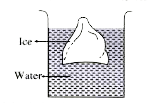
Which of the following statements is correct ?AThe lump of ice floats because the area of its lower surface is larger than the area of its upper surface .BThe pressure difference between the lower and the upper surfaces of the lump of ice gives rise to an upthrust equal to its weight .CThe ice has a greater density than water .DThe mass of water displaced by ice is equal to the upthrust . - Question 2 - Select One
In the circuit shown in figure, which of the following is correct?
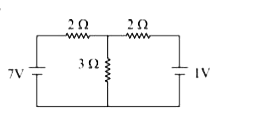 AThe power supplied by 7V cell is 0WBThe power supplied by 1V cell is 1WCThe power absorbed by 1V cell is 1WDThe power absorbed by 7V cell is 14W
AThe power supplied by 7V cell is 0WBThe power supplied by 1V cell is 1WCThe power absorbed by 1V cell is 1WDThe power absorbed by 7V cell is 14W - Question 3 - Select One or More
YDSE set up shown in figure.
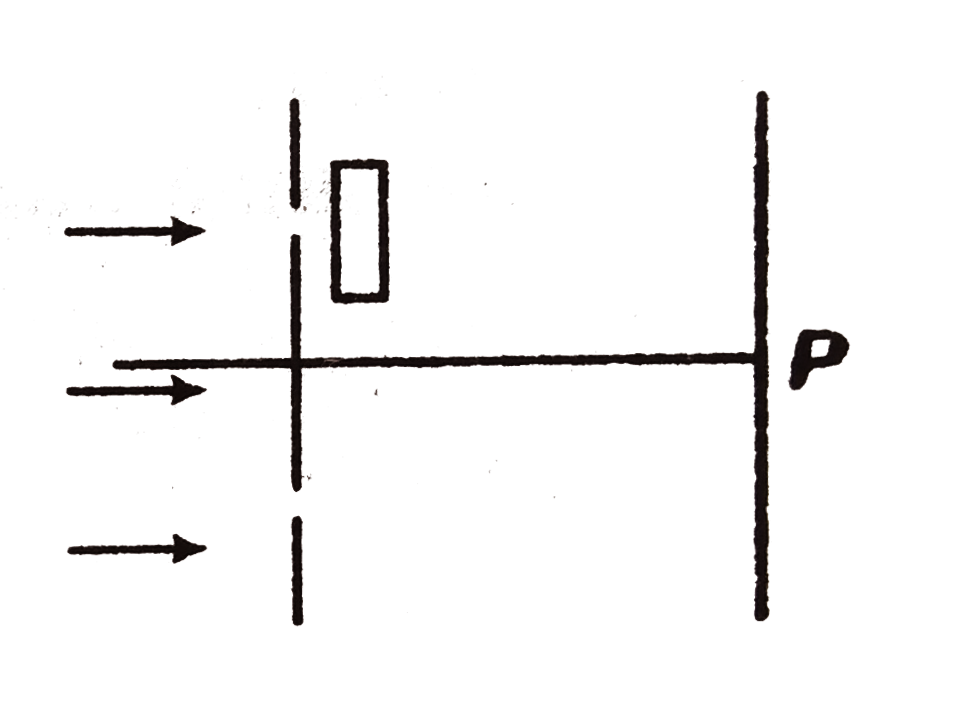 Azero order maxima will lie above point PBfirst order maxima may lie above point PCfirst order maxima may lie below point PDzero order maxima may lie at point P
Azero order maxima will lie above point PBfirst order maxima may lie above point PCfirst order maxima may lie below point PDzero order maxima may lie at point P
Which of the following figures has 10 vertices ?
 View Solution
View SolutionCheenu sets up an experiment as shown in the figure.
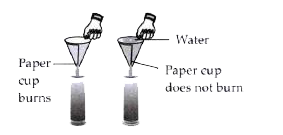
What do you think would Cheenu's observation and conclusion be?View SolutionFor the figure shown, which one is correct?
 View Solution
View SolutionIn measuring the values of resistance, different students connect ammeter and voltmeter as shown in following figures. Which of these will be correct?
 View Solution
View SolutionMr. Goyal, a science teacher showed the following experimental set up to the students. Which of the following is the correct observation and its explanation?
 View Solution
View Solution

